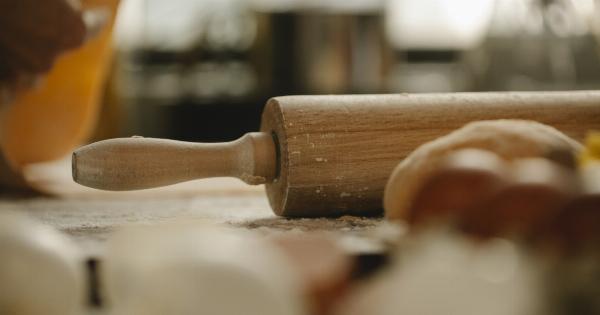As parents, we always want to protect our children from harm, which is why many of us keep a stash of antiseptics in our medicine cabinet.
These products promise to kill germs and prevent infections, making them seem like a no-brainer when it comes to caring for our children’s health. However, recent studies have shown that using antiseptics may not be as safe as we once believed.
What Are Antiseptics?
Antiseptics are products that are designed to kill or inhibit the growth of microorganisms, including bacteria, viruses, and fungi.
They are commonly used to clean wounds and prevent infections, and are available in a variety of forms, such as lotions, soaps, and sprays. Antiseptics are often marketed as being safe and effective, and many parents rely on them to protect their child’s health.
The Dangers of Antiseptics
While antiseptics may seem like a good way to protect against bacteria and other germs, recent research has shown that they can be harmful to our health in other ways.
One major concern is that some antiseptics, such as triclosan, may disrupt the endocrine system and interfere with hormone production. This can lead to a range of health problems, including developmental and reproductive issues.
Additionally, many antiseptics contain alcohol, which can be harmful if ingested in large quantities.
This is particularly concerning in households with young children, who may accidentally ingest antiseptic products if they are stored in an accessible location. Ingesting alcohol can lead to symptoms such as drowsiness, difficulty breathing, and even coma or death.
The Risks of Overusing Antiseptics
Another concern with antiseptics is that they may be overused. Many parents believe that using antiseptics frequently will keep their child healthier and prevent the spread of germs.
However, using antiseptics too frequently can actually do more harm than good. Overuse of antiseptics can lead to the development of antibiotic-resistant bacteria, which can be difficult to treat and may lead to serious infections.
Additionally, overuse of antiseptics can disrupt the skin’s natural microbiome, which can lead to a range of skin problems, including dryness and irritation.
Alternatives to Antiseptics
Given the potential risks associated with antiseptics, many parents are looking for safer alternatives to protect their child’s health. One option is to simply wash your child’s hands with soap and water.
Handwashing is still one of the most effective ways to prevent the spread of germs, and is a gentler approach than using harsh antiseptics.
Another option is to use natural antiseptics, such as essential oils, which have been shown to have antimicrobial properties.
Essential oils, such as tea tree oil and lavender oil, can be used in place of traditional antiseptics to clean wounds and prevent infections. However, it’s important to note that essential oils can also be harmful if not used properly, so it’s important to do your research and use them safely.
Conclusion
While antiseptics may seem like a good way to protect your child’s health, the risks associated with using them may outweigh the benefits.
Overuse of antiseptics can lead to antibiotic-resistant bacteria and disrupt the skin’s natural microbiome, while some antiseptics may be harmful to our health in other ways. If you’re looking for a safer alternative to traditional antiseptics, consider using natural antiseptics or simply washing your child’s hands with soap and water.


























